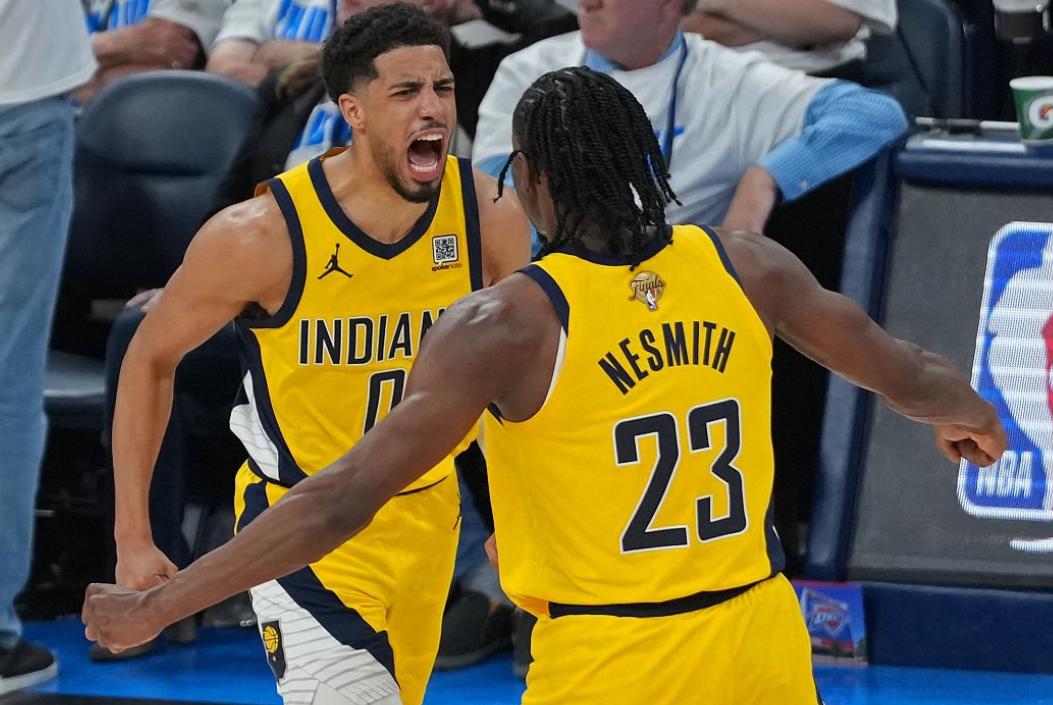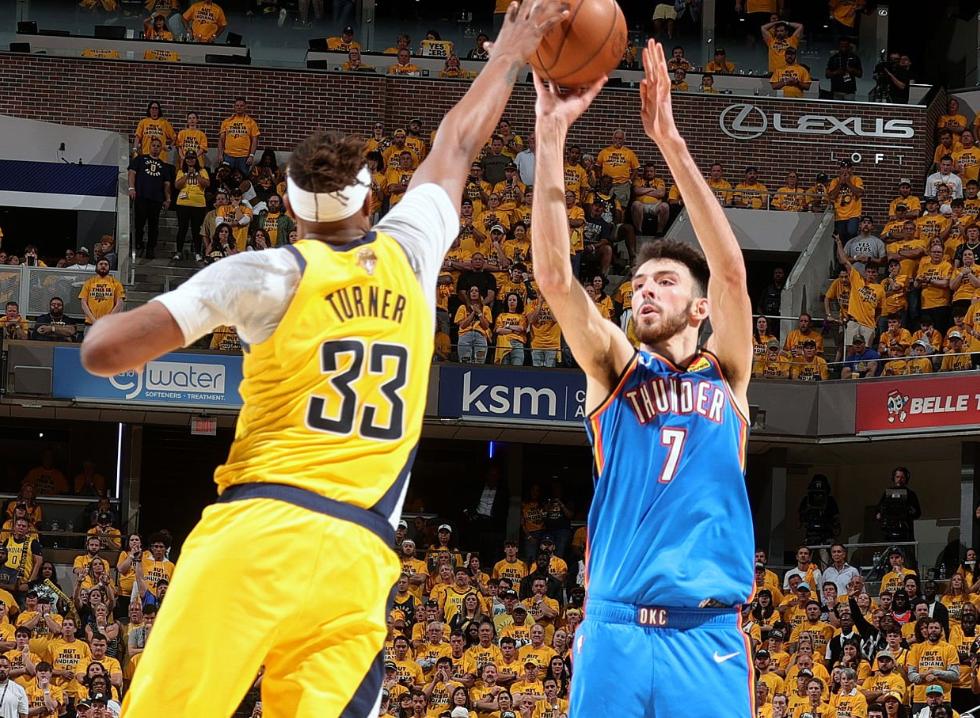The official website lists the four highlights of the finals G4: The Thunder need to improve the key ball, and the substitution battle becomes the vane of victory and defeat
The NBA Finals G4 will start at 8:30 a.m. Beijing time on June 14. The current overall score is 1-2 behind the Pacers. What kind of plot will be staged in G4 in the finals? The official website of the NBA lists the four major highlights of the Finals G4 -


1. The Thunder need to improve their key ball performance
The Thunder have been dominant this season, setting an NBA all-time point average of 12.9 points and a 10+ point win in 60 games, but it also comes with a caveat – their lack of experience in key games in the closing stages. In the regular season, when the final five minutes of the game were within five points, the Thunder had a 16-8 record. That's not bad, but it's the fewest of the 30 teams. So far in the playoffs, the Thunder are 5-4 in key games and 8-2 in non-key games.

The Pacers, as their multiple comebacks show, are 24-14 in key regular season games this season and 9-1 in the playoffs so far. G1's smashing was chaotic, but G3 expertly mastered the lead: increasing defensive intensity, sticking to their attacking style, and keeping the impact on while avoiding mistakes.
"We've played a lot of stalemates all season," said Pacers bench inside Toppin, "and we're comfortable in key games. At the end of the game, we believed in our training, in handing the ball to the defenders and they were able to do it right. ”
2. Bench battles
So far in the Finals, teams with higher bench scores have won: the Pacers bench dominated G1 (39-28) and G3 (49-18), while the Thunder (48-34) had G2. Arguably, bench performance dominated the series: the Thunder started 246-222 to lead the Pacers, but a 94-112 bench deficit gave the Pacers a 2-1 lead.

The Pacers' 31-point bench advantage in G3 was partly due to chance: Nembhard and Nesmith were in foul trouble, and Turner was in limp due to a cold, but that didn't explain it all — not least the bench wing Mathurin scoring 27 points in 22 minutes and guard McConnell contributing 10 points, five assists and five steals in 15 minutes.
"Role players perform better at home in the playoffs" is an NBA cliché...... But this time it's right.
However, the slump of the Thunder's bench is also related to coach Daigneault's decision-making: Wiggins scored 24 points in 20+ minutes in G2, and G3 played less than 10 minutes without scoring; Substitute sharpshooter Isaiah Joe hit his first two three-pointers but didn't play after just 4 minutes and 13 seconds.
The Thunder's increased use of stars Alexander and Jalen Williams makes sense, but it also plays into the Pacers' defensive readiness — they just have to deal with fewer variables.
"Last night they beat us as a team, from the players to the coaches. Of course, we need to turn the page, but we must also acknowledge it in order to learn from it. ”
3. The round is worth > three-point shots
Old-school NBA fans may appreciate the shift in focus from the three-point line in this Finals. In this era of "those who have more threes always win", there is no obvious pattern in this series: the Pacers' two wins were accompanied by the best (18-of-39 in G1) and worst (9-of-27 in G3) three-point performances, respectively; The Thunder are averaging nearly three fewer three-pointers per game than they did in the regular season (11.7 vs. 14.5), but shooting more from the field.

The "round value" that coaches and players on both teams have repeatedly emphasized in the series: scoring on four, five, or six consecutive offensive overs, or forcing the opponent to make mistakes on the defensive end, can turn the tide of a game. By having better control of rebounds or fewer turnovers, more effective shots (rather than long shots) are the guiding ideology.
It's refreshing and highlights the difference between high-intensity gaming in the playoffs and random matchups in the regular season.
4. Fatigue or adrenaline rush?
Both the Thunder and Pacers have played 101 regular-season + playoff games since their opener in October. Despite the sparser playoff schedule, each game is far more intense, stressful and meaningful than the 82 regular-season games.
If there's a real moment of fatigue in the series, it's probably G4. Compared to other performances with an interval of 72 hours, this session will only be played 48 hours after G3. Both teams have reason to be concerned about fitness –

The Pacers have the Thunder duo of Alexander and Jay in the offense with frequent interspersed runs, adding lateral distance in addition to regular vertical movement; The Pacers are able to rotate more players, but their style relies on press-and-press defense and quick transitions, and is much more physically demanding than the usual half-court offense and defense in the playoffs.
"Having a 'don't get tired' mentality," McConnell said, "I think that's a prerequisite for playing hard. ”
On the other hand, the end of the long season is just around the corner – and the light of the O'Brien Trophy is shining. It may not be an easy road, but even if your legs are heavy, your heart is full of longing.
"There's only four games left in the season," Alexander said, "and that's what you're going to be aiming for all season, all summer." In my opinion, it is necessary to grit your teeth and persevere, complete the task and strive for victory. ”


Wonderfulshortvideo
Looking to continue his strong start to the season 💪


Rituals rooted in family. ❤️


Remembering Lenny Wilkens (1937-2025) 🫶


Cade Cunningham answers trivia questions about his basketball journey with @KJ Wright 🧐








 Links
Links
 Contact
Contact
 App
App


